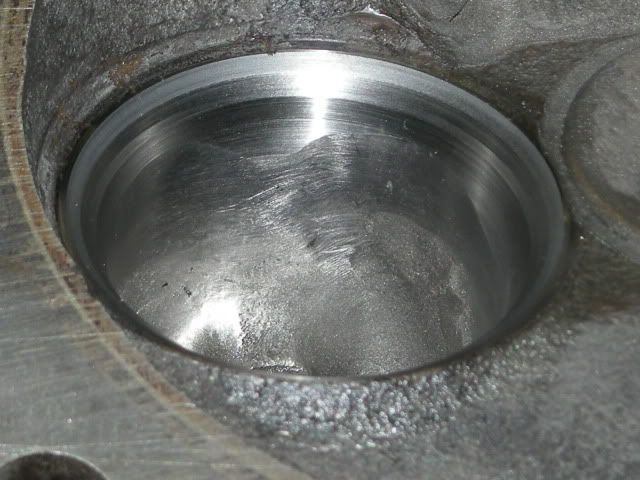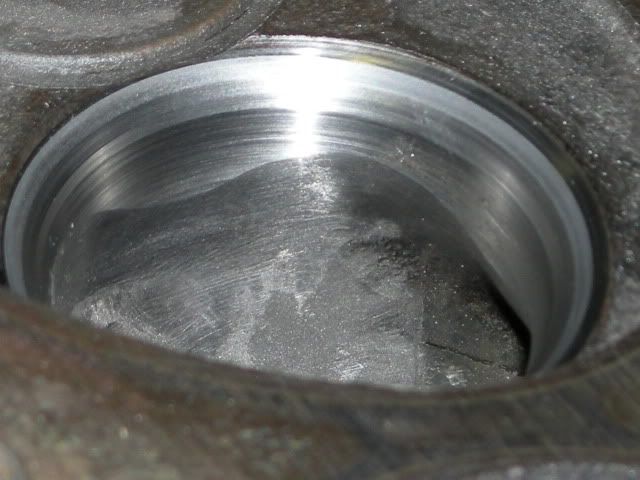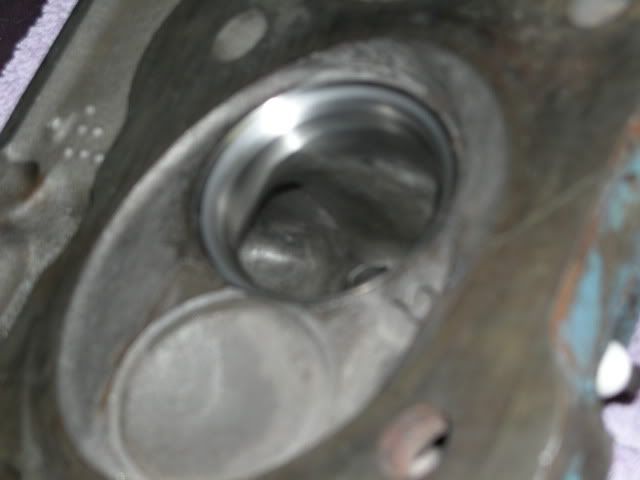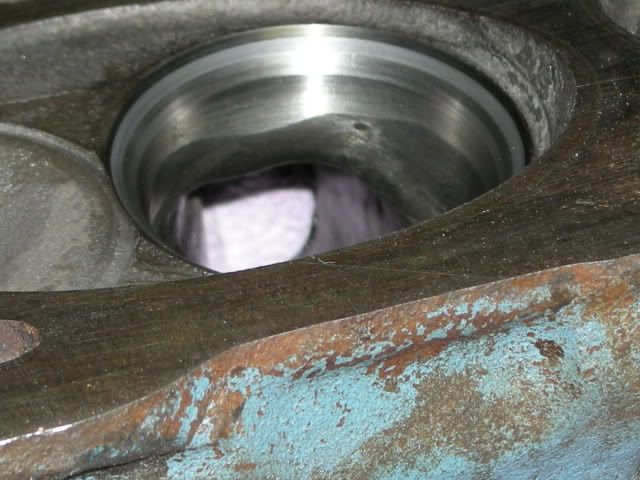Xheads will handle it, mildly ported they'll flow 230-245cfm and will go as much as any j head in ported form.
I like the Xhead exhaust floor, it seems higher in comparison, but it could just be the castings I have.:read2:
I'm up to 237 at .500 so far........but my bench may be a little.......Happy:toothy10:
(1.88 cut to 2.02 with porting)




















